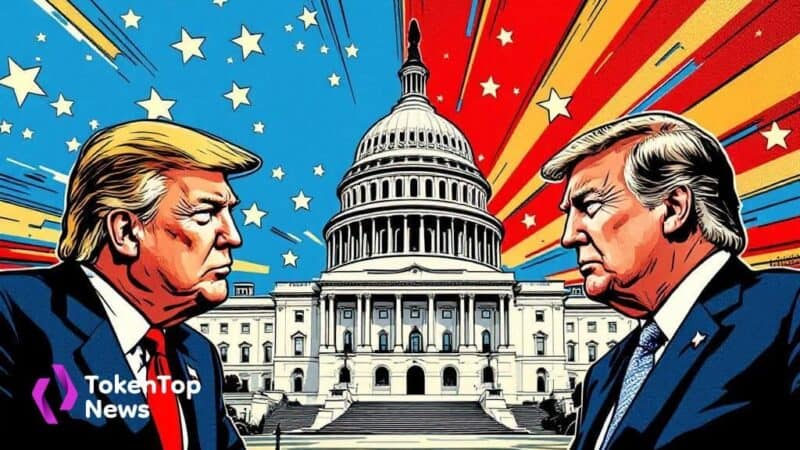Gold Price Forecasted to Reach $4,500 by 2025
- Gold prices projected to rise to $4,500 by 2025.
- Driven by long-term inflation concerns.
- Central bank purchases influence market trends.
Major financial firms forecast a gold price surge to $4500 by 2025, citing long-term inflation concerns and increased demand from central banks.
This potential rise highlights gold’s role as a safe-haven asset amid global economic uncertainties, impacting investment strategies across financial markets.
Surge in Gold Prices Influenced by Inflation Concerns
Gold prices are experiencing a surge, driven by long-term inflation concerns. Financial analysts forecast the price of gold reaching $4,500 per ounce in the next two years. This projection comes amid increased demand from investors seeking safe-haven assets.
Key players, including major financial institutions, have noted the growing interest in gold. Goldman Sachs Executive recently adjusted their gold price forecast to $3,700 per ounce due to such demand. These actions underscore the potential for future market shifts.
“We see gold prices potentially reaching $3,700 per ounce as central bank demand surges and inflows to gold ETFs remain strong.” – Jeff Currie, Global Head of Commodities Research, Goldman Sachs
Impact of Rising Gold Prices on Global Markets
The rise in gold prices is impacting global markets, particularly within sectors reliant on commodity stability. Investors are increasingly turning to gold-backed ETFs as a safe investment, reflecting its role as a traditional hedge against inflation.
The ongoing demand for gold highlights significant financial implications as central banks continue bulk purchases. This trend may lead to enhanced financial dynamics across international markets, influencing asset allocations and investor strategies worldwide.
Evolving Financial Policies and Investment Strategies
The trajectory of these changes points to substantial effects on both financial policies and investment strategies. Monitoring gold’s performance could reveal evolving trends. The historical precedents show that geopolitical tensions and inflation cycles often correlate with rising gold prices.
Experts are examining how potential outcomes might shape economic landscapes. Historical trends indicate further implications for related markets, necessitating vigilant analysis. Future price movements could initiate regulatory discussions about sustainable market practices. Strong historical demand supports these financial forecasts.




